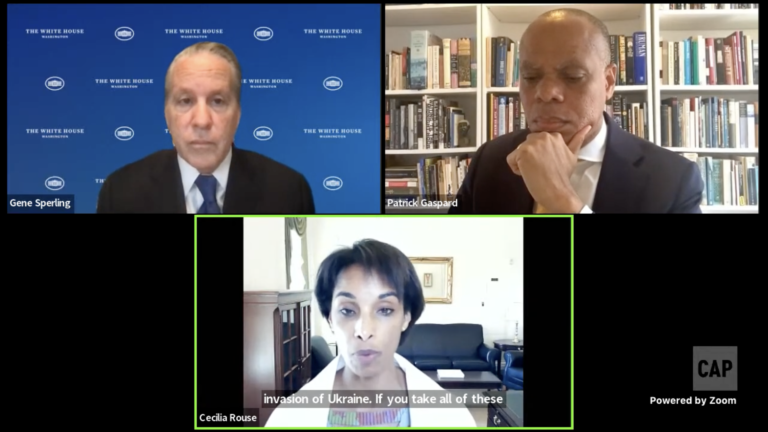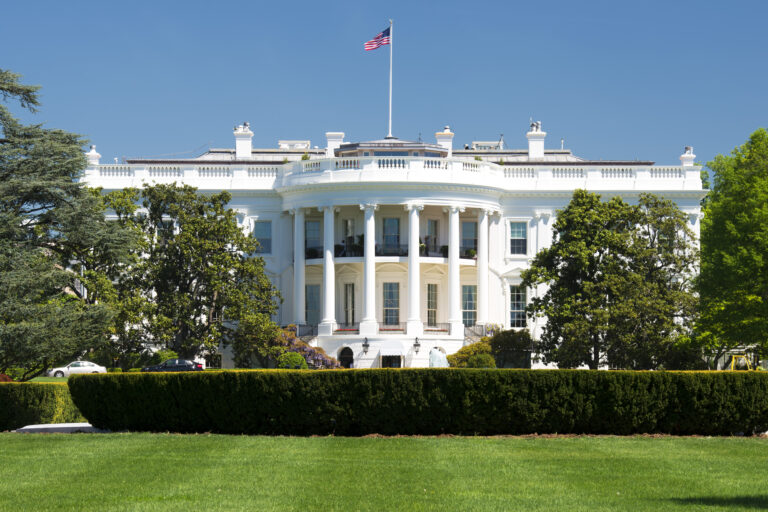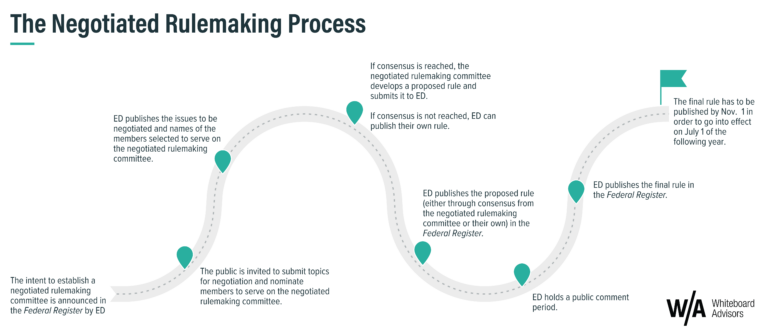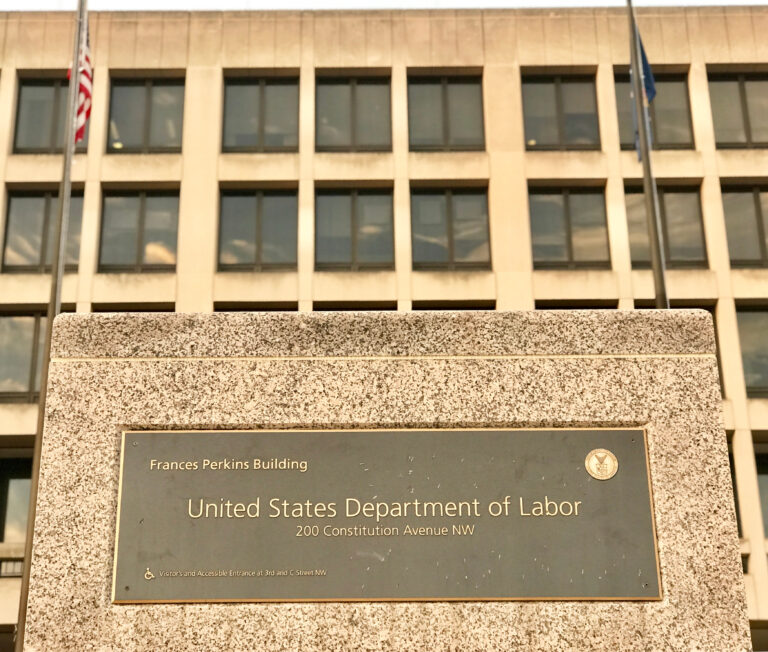In late May, Dr. Cecilia Rouse, chair of the White House Council of Economic Advisers, and Gene Sperling, the White House American Rescue Plan coordinator, participated in a rare discussion (hosted by the Center for American Progress) focused on the progress of the American Rescue Plan and the Biden’s administration’s top priorities for the future of the U.S. economy.
Key takeaways from the conversation included:
- Inflation: Panelists shared that lowering prices for consumers is the Biden administration’s top priority. Sperling shared that the administration views inflation as a global issue – a global pandemic led to a global shutdown, a global economic reopening and a global inflation problem. The United Kingdom, for instance, recently reported 9% inflation – the highest inflation seen in the nation in 40 years. As a strategy to mitigate U.S. inflation, the Biden Administration respects the dual mandate of the Federal Reserve to encourage price stability and full employment, and has taken action to provide waivers for ethanol, leverage international trade partnerships, and support the export of natural gas.
- Care economy: The Biden administration acknowledges that childcare is a large expense for families and supports policies such as the Child Tax Credit — which lifted over 3.7 million kids out of poverty during the 2021 expansion — as a bipartisan solution for working families incurring the absurd cost of care. The cost is one of many dynamics affecting the care economy. Dr. Rouse noted that the U.S. labor force participation rate has fallen behind the rates of peer countries because the United States does not support childcare and home care. Childcare employment participation remains more than 10% below pre-COVID levels, a stark contrast to 1% for the entire labor market. Not to mention, mass exodus of employees also keeps parents out of the labor force, only exacerbating the issue.
Gene Sperling highlighted two elements of the American Rescue Plan that were implemented based on learned lessons from the Great Recession in 2008:
- Supporting State and Local Governments: Sperling shared that compared to the aftermath of the downturn from the Great Recession, state and local governments are relatively strong. 17 states recently reported their lowest unemployment rates on record. With support from the American Rescue Plan, mayors and state leaders have created longer term plans that bolster the long-term health of their communities. For example, Governor Larry Hogan’s workforce development initiative recruits workers in Maryland that are skilled through alternative routes – like community college, apprenticeships, military service, boot camps, and on-the-job – rather than a bachelor degree.
- Emergency Rental Assistance: Sperling explained that emergency rental assistance “protected the dignity of families” and was historic in preventing the “scarring and heartbreak of eviction”. This initiative supported the working poor, who were particularly vulnerable during the Great Recession and at the start of the pandemic.
For more information, you can view the webinar recording here.




